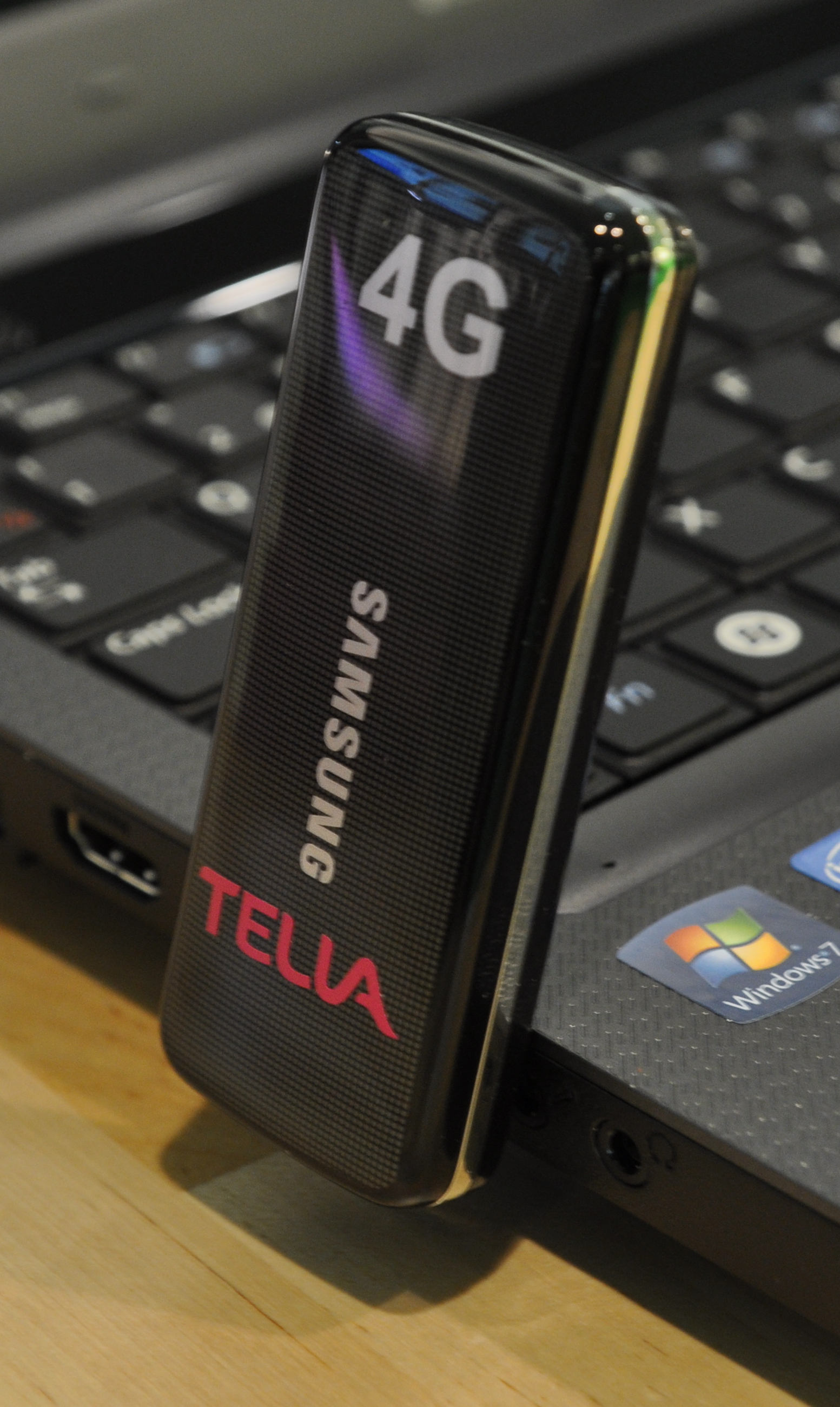|
4G Mobile
4G is the fourth generation of broadband cellular network technology, succeeding 3G and preceding 5G. A 4G system must provide capabilities defined by ITU in IMT Advanced. Potential and current applications include amended mobile web access, IP telephony, gaming services, high-definition mobile TV, video conferencing, and 3D television. However, in December 2010, the ITU expanded its definition of 4G to include Long Term Evolution (LTE), Worldwide Interoperability for Microwave Access (WiMAX), and Evolved High Speed Packet Access (HSPA+). The first-release WiMAX standard was commercially deployed in South Korea in 2006 and has since been deployed in most parts of the world. The first-release LTE standard was commercially deployed in Oslo, Norway, and Stockholm, Sweden in 2009, and has since been deployed throughout most parts of the world. However, it has been debated whether the first-release versions should be considered 4G. The 4G wireless cellular standard was de ... [...More Info...] [...Related Items...] OR: [Wikipedia] [Google] [Baidu] |
Broadband In telecommunications, broadband is wide bandwidth data transmission which transports multiple signals at a wide range of frequencies and Internet traffic types, that enables messages to be sent simultaneously, used in fast internet connections. The medium can be coaxial cable, optical fiber, wireless Internet (radio), twisted pair or satellite. In the context of Internet access, broadband is used to mean any high-speed Internet access that is always on and faster than dial-up access over traditional analog or ISDN PSTN services. Ove |
